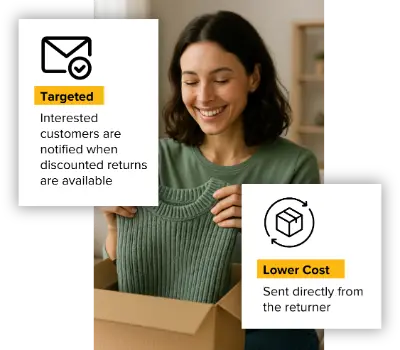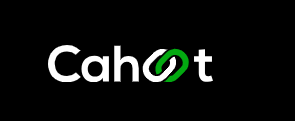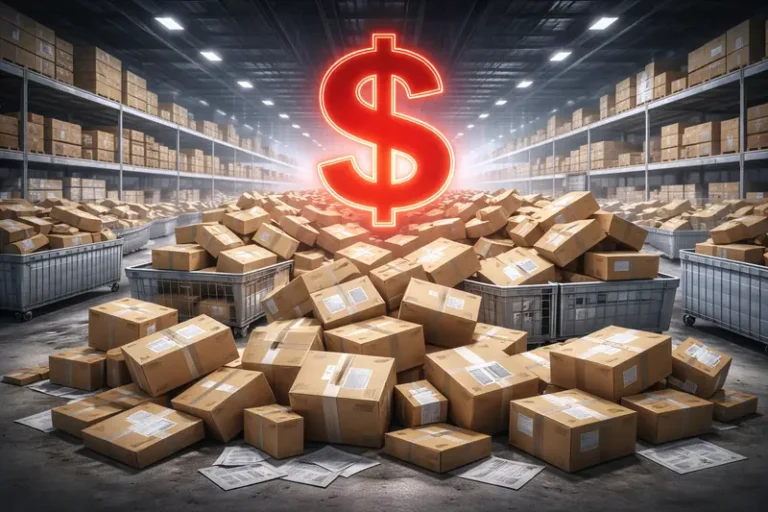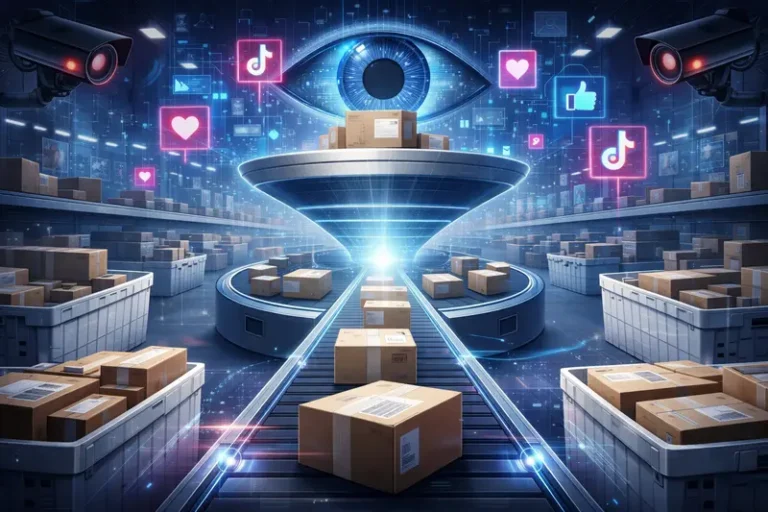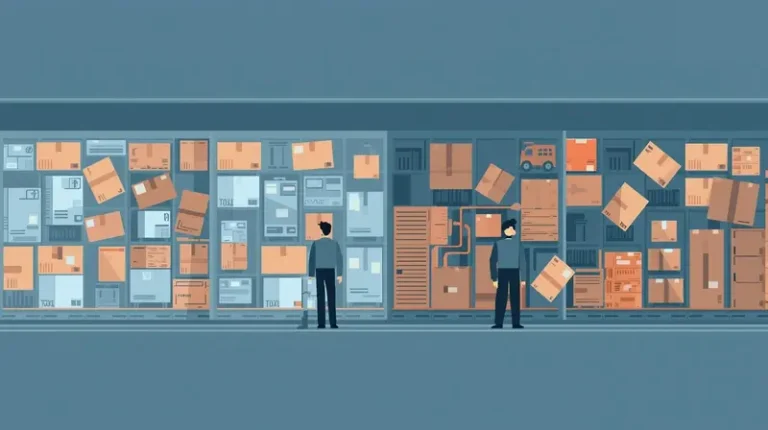Shrinkflation Is Back: What Ecommerce Retailers Need to Know in 2025

Last updated on July 16, 2025
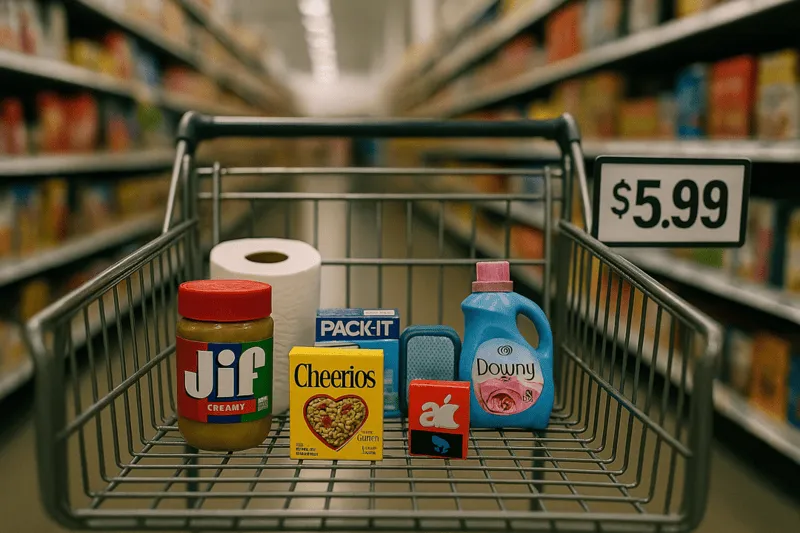
In this article
 5 minutes
5 minutes
- What Is Shrinkflation (and When Did It Start)?
- Why Shrinkflation Isn’t Just About Product Size Anymore
- Why It’s Accelerating Now (And Who’s Leading It)
- Shrinking the Reverse Logistics Problem
- Should You Shrink Your Returns Policy?
- The Cahoot Take
- So What Should Brands Be Doing Right Now?
- Frequently Asked Questions
You know the feeling. You tear open your favorite snack bag, only to find it’s mostly air. You scroll Amazon for paper towels and realize the “12 = 24 rolls” trick isn’t fooling anyone anymore. That’s shrinkflation, where you’re paying the same, or more, for less.
But here’s the thing: Shrinkflation isn’t just a grocery store phenomenon. It’s creeping into ecommerce, DTC brands, and even the way retailers manage inventory, fulfillment, and returns.
So let’s unpack it. What is shrinkflation really doing to retail in 2025? And what’s your move if you’re running an ecommerce business?
What Is Shrinkflation (and When Did It Start)?
Shrinkflation has technically been around for decades. But it entered mainstream vocabulary during the post-pandemic inflation spike of 2021 – 2022, when CPG brands quietly started downsizing products without lowering prices.
Fast forward to 2025, and it’s become institutionalized. The Wall Street Journal recently reported that consumers now expect shrinkflation. It’s no longer a scandal, it’s a strategy.
What started with toilet paper and breakfast bars has extended to ecommerce packaging sizes, SKU quantities, return windows, and more.
Slash Your Fulfillment Costs by Up to 30%
Cut shipping expenses by 30% and boost profit with Cahoot's AI-optimized fulfillment services and modern tech —no overheads and no humans required!
I'm Interested in Saving Time and MoneyWhy Shrinkflation Isn’t Just About Product Size Anymore
Here’s where things get interesting. In ecommerce, shrinkflation shows up in ways that are harder to see, but just as costly:
- Bundles that include fewer items but still carry the same price tag.
- Return policies with stricter timelines and more exclusions.
- Free shipping thresholds are creeping upward, from $35 to $50, then $75.
- “Deluxe” editions that used to be standard, now basic, means barebones.
This is the kind of shrinkflation that impacts not just what consumers get, but what they expect from you as a brand. And it’s often hiding in plain sight.
Why It’s Accelerating Now (And Who’s Leading It)
In Q1 and Q2 of 2025, pressure on margins is back in a big way. Tariffs on Chinese imports, consumer pullback, and warehouse vacancies are making it tougher for ecommerce brands to survive, let alone grow.
So retailers are leaning into shrinkflation not as a one-time fix, but as part of a bigger playbook:
- Target quietly cut the size of its in-house tech accessories.
- A major DTC pet brand reduced its “starter kit” contents by 25%.
- A Shopify brand known for home goods reduced its return window from 60 to 30 days, citing “inventory health.”
They’re not advertising it. But if you read between the lines, or the reviews, you’ll spot the moves.
Shrinking the Reverse Logistics Problem
Here’s the twist nobody’s talking about: Shrinkflation isn’t just about getting more out of the sale. It’s also about cutting the cost of everything after the sale.
For example, returns.
In the past, brands could afford generous return policies because margins were fat. Not anymore.
Now we’re seeing:
- Fewer pre-paid return labels.
- More “final sale” language on seasonal SKUs.
- Higher restocking fees or “re-inspection” charges.
Returns are one of the biggest hidden costs in ecommerce, and shrinkflation is giving brands permission to quietly shrink that part of the business, too.
Looking for a New 3PL? Start with this Free RFP Template
Cut weeks off your selection process. Avoid pitfalls. Get the only 3PL RFP checklist built for ecommerce brands, absolutely free.
Get My Free 3PL RFPShould You Shrink Your Returns Policy?
Not automatically. If you’re building long-term customer trust, cutting corners on service can backfire.
But here’s what you should do: audit your reverse logistics. Ask questions like:
- Are we taking returns on items that can’t be resold profitably?
- Are our policies optimized for margin or for habit?
- Are there SKUs that should be final sale or non-returnable?
If the answer is yes, make strategic adjustments. Not punitive ones.
The Cahoot Take
At Cahoot, we’re seeing more brands experiment with leaner fulfillment and returns strategies, not by squeezing customers, but by gaining more control over how returns are routed, restocked, or resold.
For example, peer-to-peer returns allow brands to keep returned items circulating closer to the next buyer, avoiding restock delays and slashing return shipping costs. That’s not shrinkflation. That’s smart fulfillment.
Shrinkflation is inevitable. But how you manage it isn’t.
So What Should Brands Be Doing Right Now?
Well, you can’t completely avoid shrinkflation in today’s market. But you can be intentional about it.
Here’s what I’m telling brands:
- Be transparent where it counts. If you’re reducing bundle sizes, explain why.
- Audit returns before slashing them. Customer experience still matters.
- Get proactive with fulfillment efficiency before costs force your hand.
- Use this moment to clean up your SKU strategy, packaging waste, and shipping bloat.
And above all, don’t assume customers aren’t paying attention. They are, especially the ones you want to keep.
Frequently Asked Questions
What is shrinkflation in ecommerce?
Shrinkflation in ecommerce refers to the practice of reducing product quantity, features, or services while keeping prices the same or increasing them, often subtly, such as smaller bundles or stricter return policies.
How is shrinkflation affecting online retail in 2025?
Retailers are downsizing offerings, tightening returns, and raising shipping thresholds to protect margins amid tariffs, inflation, and slowed consumer spending.
Are consumers aware of shrinkflation?
Yes, consumer awareness is growing. Many are actively calling it out in reviews or social media, especially when changes feel deceptive or unacknowledged.
Is shrinkflation legal?
Yes, as long as the packaging and product info are accurate. However, misleading practices can risk reputational damage and consumer trust.
How can ecommerce brands manage shrinkflation without hurting loyalty?
Be transparent, audit returns strategically, and explore fulfillment models that cut costs without compromising the customer experience, like Cahoot’s peer-to-peer network.
Turn Returns Into New Revenue
